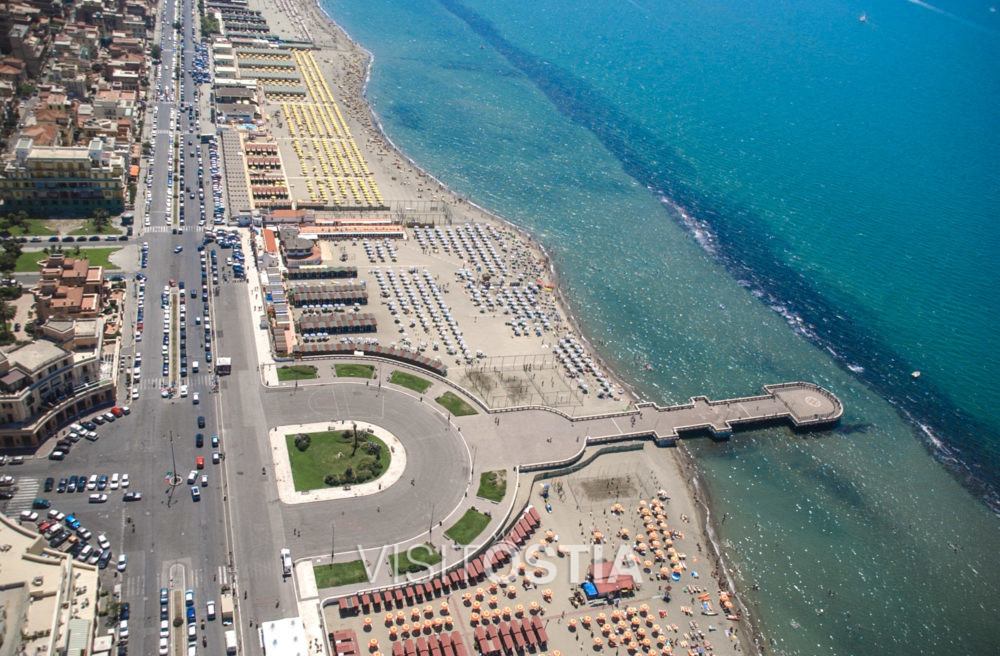This project of the Church of Santa Maria Regina Pacis is the second one in Ostia Lido. The first one was Marcello Piacentini’s marine hospice for children. It is easily understandable the level of importance Paolo Orlando gave to the church: he demanded the realization of the project as quickly as possible so that the […]
Strutture consigliate da VisitOstia
Lungomare Duilio, 22 - 00122 Lido di Ostia (RM)
piazza tolosetto farinati degli uberti, 14 Ostia Antica
Via della Stazione del Lido 27, 00121 Ostia
Lungomare Paolo Toscanelli 130, 00121, Lido di Ostia
Lungomare Paolo Toscanelli 132, 00121, Lido di Ostia



























